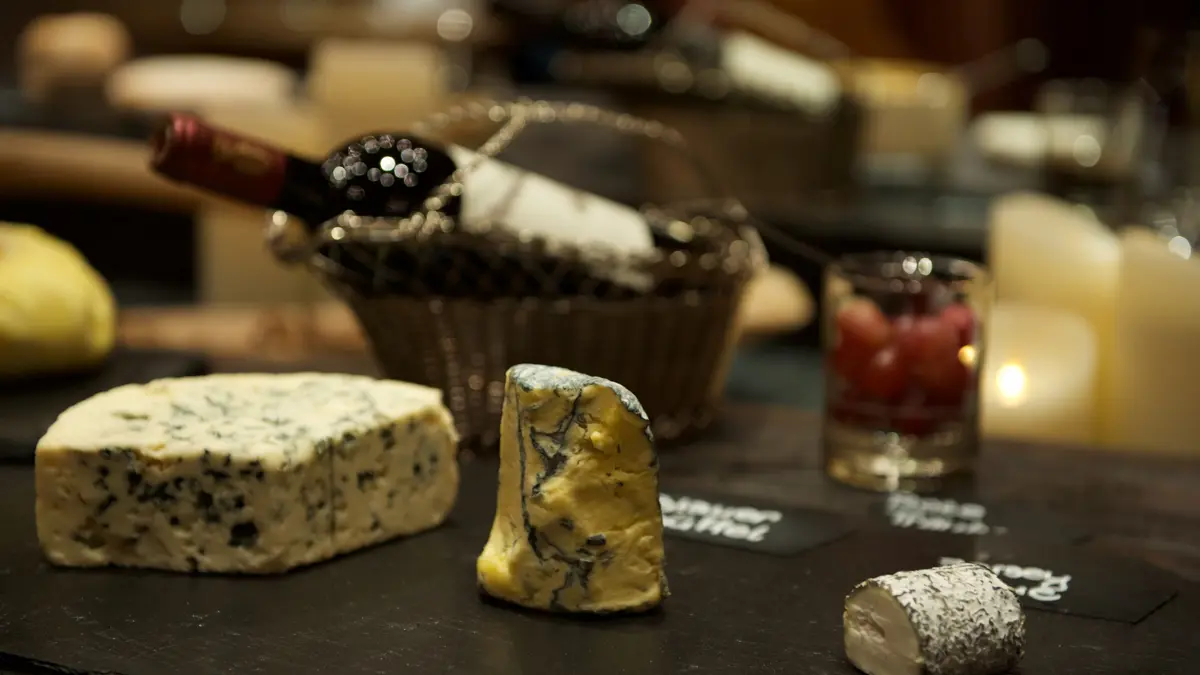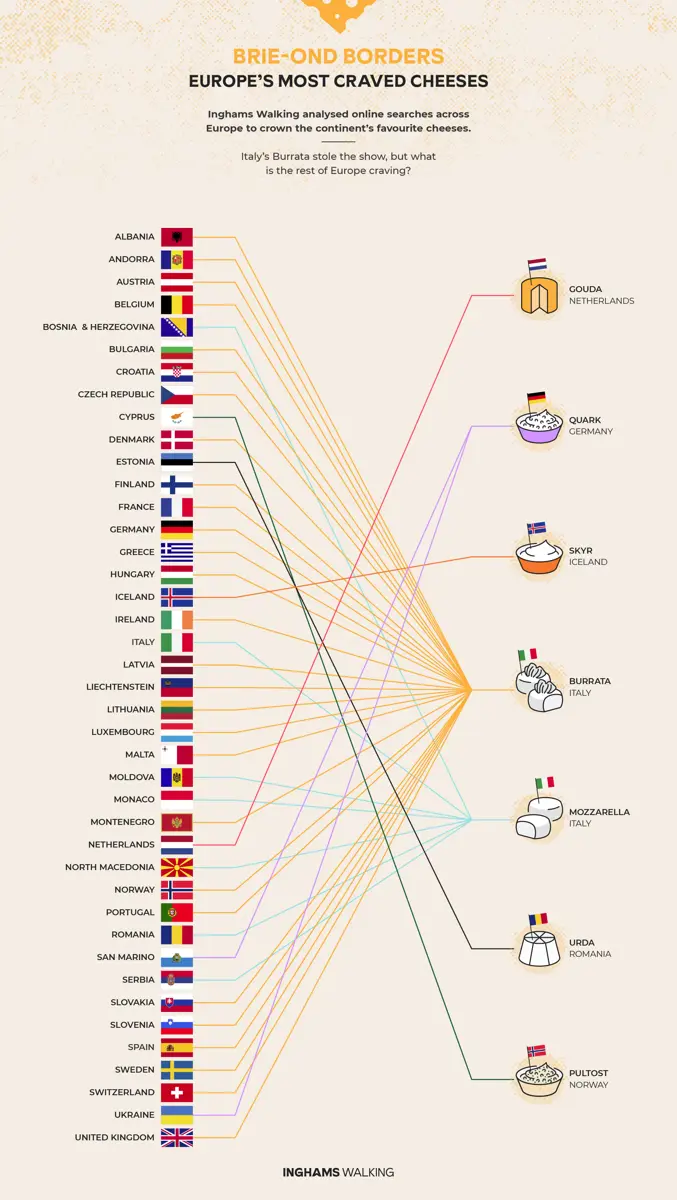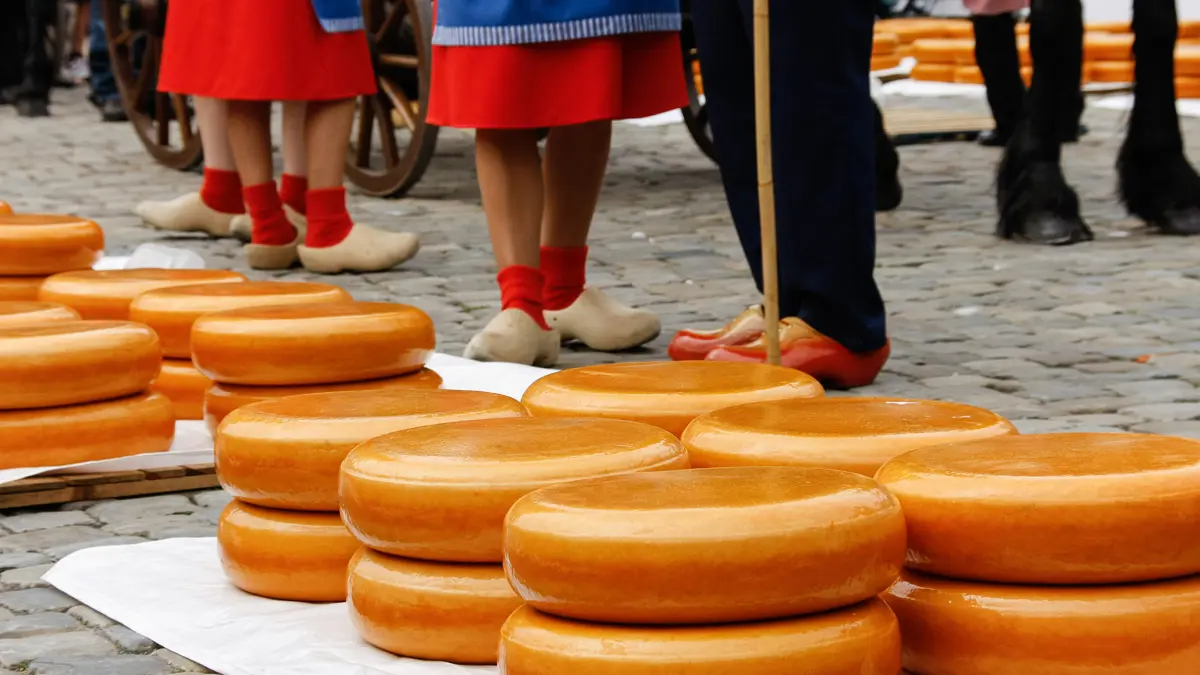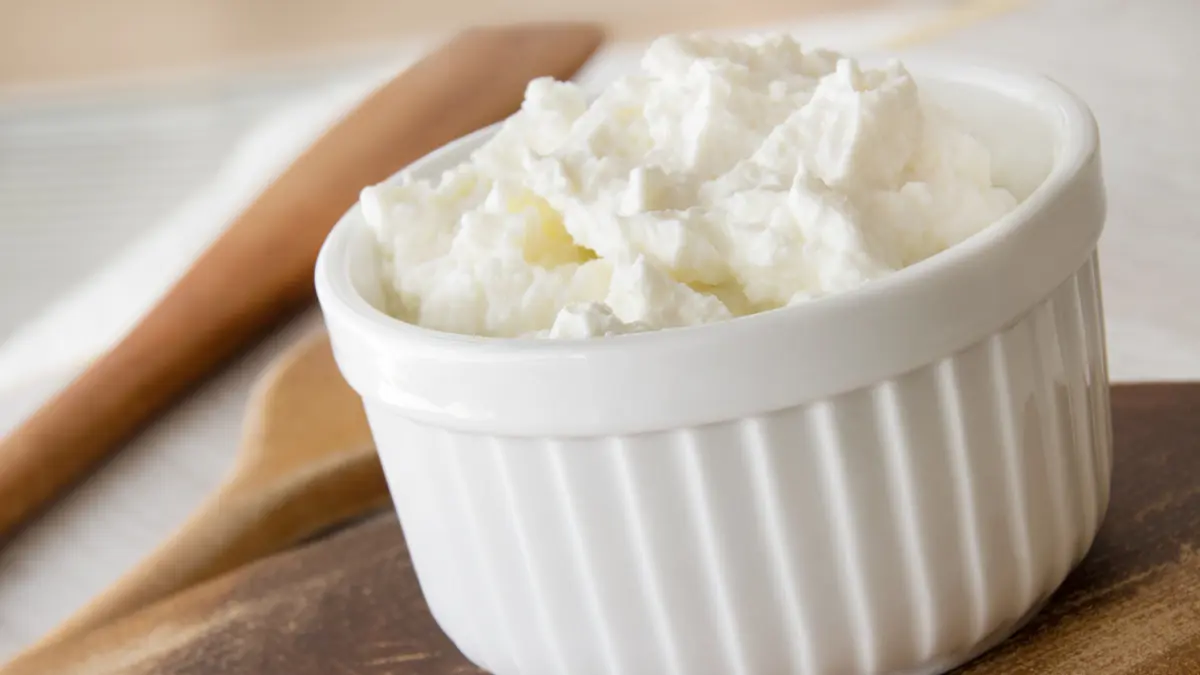
Brie-ond Borders: The most popular cheeses in Europe, revealed

Here at Inghams, we know that trying the local dishes when you travel, especially during a walking holiday, isn’t just about new flavours, it’s also an insight into the local landscape and culture. And if there’s one thing that unifies the European palette, it’s cheese.
A culinary staple of European culture for over 8,000 years, cheese remains as beloved as ever. In fact, in 2024 alone, countries within the European Union consumed an astounding 9.5 million metric tonnes of cheese.
For perspective, that’s just over 21kg* of cheese per person in a single year!
So, whether you’re picnicking on an alpine cheese during a trail or sipping a glass of red with an aged Gouda after a long hike, cheese is more than a treat - it’s a true taste of a place.
With thousands of varieties across the continent, there’s always a new variety to discover. But with so many options, where do you begin?
To guide your next walking holiday culinary adventure, we’ve explored some of Europe’s most iconic cheeses - and revealed the continent’s favourites once and for all. Check them out below.
The most popular cheese in every European country
We dug into a year’s worth of Google search data from 41 European countries to find out which flavours locals are craving most. Our list of over 180 different national cheeses helped uncover the top pick in each country.
So, whether you play it safe with a mild Cheddar or are a Blue Cheese devotee, check out how your tastes compare to the rest of Europe.

Our research found that Italy’s Burrata is a firm favourite across the continent, ranking as the top-searched for cheese in an astounding 28 out of 41 countries.
After the Burrata, Italy’s Mozzarella was the next most popular cheese, ranking as the top cheese in seven out of 41 countries.
Interestingly, Italy is also one of the world’s biggest producers of cheese, making over 1.3 million tonnes of the stuff every year.
Countries like Norway differed from the Burrata crowd, with the local Pultost ranking as Norwegians’ most searched for cheese.
Top 10 most Googled cheeses in Europe
While every country has its local favourites and delicacies, we found that some cheeses, more than others, have found a place on plates all over the continent.
To uncover Europe’s most popular cheeses of all, we analysed the 20 most searched-for cheeses in every country to see which ones rose to the top.
From timeless staples like Mozzarella to the versatile Gouda, take a look at the ten cheeses uniting Europe’s taste buds, one bite at a time.
1. Burrata, Italy - 27,270 daily searches

Our research found that the Burrata is the most popular cheese in Europe, appearing in roughly 27,270 searches a day across the continent.
The Burrata was created in Italy’s Apulia region during the 1920s, and was made as a way to make use of leftovers during the cheesemaking process. A soft Italian cow milk cheese made by mixing mozzarella and cream, it’s usually shaped into a plump-looking cheese ball, with a solid outer layer and curd-like inside.
But what does Burrata taste like? It’s buttery, creamy, and milky, with a subtle sweetness. And while burrata might resemble Mozzarella in appearance, it's much softer inside.
While it’s probably not one for packing in your backpack for a mid-walk snack, the Burrata is the perfect recharge appetiser during an evening meal.
2. Ricotta, Italy - 12,030 daily searches

Italy’s Ricotta took second place in Europe’s most searched for cheeses. Just like Burrata, Ricotta hails from Italy and wasn’t originally made as a standalone cheese, but rather as a byproduct, as a way to repurpose the leftover whey from the production of other cheeses.
This creamy, grainy cheese has been used in Italian recipes for centuries, but non-Italian palates will probably be most used to finding it in a lasagne.
High in protein and extremely versatile, Ricotta can be used in both savoury and sweet dishes, and is often used in the iconic cannoli dessert.
3. Mozzarella, Italy - 11,787 daily searches

Again, an Italian cheese took another top three spot, with the trusty Mozzarella searched for more than 11 times a day. Mozzarella is that gooey, stringy cheese most famously found on top of a pizza - the perfect reward after a day’s hike.
Mozzarella’s origins trace back to the southern Italian region of Campania, around Naples, and is traditionally made from the rich milk of water buffalo.
Mozzarella, in its most original form, is a fresh cheese, often used in salads or paired with tomatoes and basil in a Caprese salad. However, Mozzarella’s legendary role in pizza is in a cow’s milk form - ideal for melting.
4. Gouda, Netherlands - 10,817 daily searches

Gouda is the first non-Italian cheese to land a spot on our top-searched list. It’s a native Dutch cheese that can be traced back to the 12th century, making it one of the world’s oldest cheeses still made today.
What does Gouda cheese taste like? Gouda is a semi-hard cheese, and its taste varies depending on how aged it is. Generally, Gouda is quite a mild cheese with a sweet, nutty flavour and hints of caramel and butter, which are even more pronounced when aged.
You’ll most commonly find Gouda on a cheeseboard or sandwich, but it's an excellent addition to a packed lunch when on a walking holiday. Because Gouda is a hard cheese, it can be kept outside the fridge without significant risk of spoilage due to its lower moisture content.
5. Quark, Germany - 10,445 daily searches

Quark is the German word for “curd”. Although the term ‘curd’ may be off-putting, don’t let it deter you from trying it. Quark is a fresh, creamy cheese that has long been a staple of European kitchens, dating as far back as the 14th century.
Unlike aged cheeses, such as Gouda, quark is fermented and typically eaten fresh. Traditionally made from cow’s milk, it’s high in protein, low in fat, and has a mild flavour, sitting somewhere between yoghurt and cream cheese in texture.
The rest of Europe’s most Googled cheeses?
Europe’s top cheese cravings don’t stop with Italian, German, and Dutch varieties. As we move further down the list, the rest of the top 10 sees five new countries’ ranking, with each of their options bringing distinctive tastes to the continent’s cheese board.
Coming in at 6th place is Cyprus’ Halloumi, with a total of 9,628 daily searches in Europe. Halloumi is quite salty and is known for its firm texture and ability to hold its shape when grilled or fried. Interestingly, outside of Cyprus, the UK has regularly been cited as the biggest consumer of the cheese.
In 7th place is Skyr (Iceland), with 8,594 daily searches. Skyr is a type of soft cheese, although it's often mistaken for and used quite interchangeably with yoghurt due to its thick, creamy consistency.
Camembert (France) claims 8th spot with 6,432 daily searches. Camembert was first made in France in 1791, and since then, the cheese has gained a legendary status. It’s soft-ripened cheese with a bloomy rind and indulgent interior - usually best served baked.
At 9th is Cheddar (United Kingdom) with 4,788 daily searches. Cheddar has a long history dating back to the 12th century, and its firm, crumbly texture and sharp taste have made it a long-standing staple in sandwiches and toasties.
And finally, rounding out the top 10 is Feta (Greece), with 4,664 daily searches. Feta is salty, tangy, and crumbly, and is most often found in an iconic Greek salad, with red onion, tomato, cucumber, and olives.
What’s the best cheese for hiking?

Hard cheeses like Cheddar, Gouda, or Edam are some of the most classic backpack foods you can get.
They’re calorie-dense, full of protein and high in fat, which is ideal for providing energy and acts as a natural preservative, meaning it’ll keep well for those longer walking days.
Not only this, but these cheeses pair incredibly well with most of the classic hiking snacks like crackers, dried fruits, or cured meats.
Don’t just take our word for it - we also caught up with Phil Carpenter, a qualified food nutritionist and personal trainer at PureGym, who explained exactly why cheese is an excellent energy source on walking holidays.
“Cheese is calorie-dense, so you get a lot of energy in small amounts”, says Phil. “This is great for hikes as it is lightweight and compact, while being able to refuel the calories burned hiking.
“It contains a good amount of fat, which provides long-lasting energy, without sugar rushes and crashes, helping to keep energy levels steady over a longer period, such as a long hike.
“Cheese is also an excellent source of protein, which’ll help to repair and maintain muscles. This is particularly important during strenuous hikes, especially those with steep inclines and declines or when carrying lots of walking essentials in your backpack.
“However, the real secret gem of cheese is that it naturally contains sodium, which helps to replenish electrolytes lost through sweat.”
Can you take cheese on a plane in Europe?
There is no doubt that once you discover a cheese you love on holiday, you will want to bring some home.
As of 12 April 2025, the UK Government has introduced temporary restrictions on bringing any meat or dairy products into Great Britain for personal use. This includes cheese. The measure was introduced to help prevent the spread of foot and mouth disease after recent outbreaks in Europe.
This means you cannot bring cheese from any EU country into Great Britain at this time.
If you are travelling between EU countries, the rules for carrying cheese for personal use can vary depending on the country. It is always best to check the latest local guidance before you travel.
For the most up to date information, please refer to the UK Government’s official guidance.
Ready to book your walking holiday?
Love a good walk, great views, and even better food? Our walking holiday destinations are located in the heart of Europe, so you’ll have no shortage of local delicacies (cheese included) to try along the way.
Our 78 resorts across 8 countries - including spectacular Austria, scenic Andorra, sunny Madeira, and our newest addition, Norway - are all chosen with your passions in mind.
So whether you’re a long-distance walker or a gentle stroller who loves to take their time soaking up the local culture, we’ve got you covered.
Updated on 24/11/2025. Guidance was correct at the time of writing and may change. Please check official sources for the latest information.